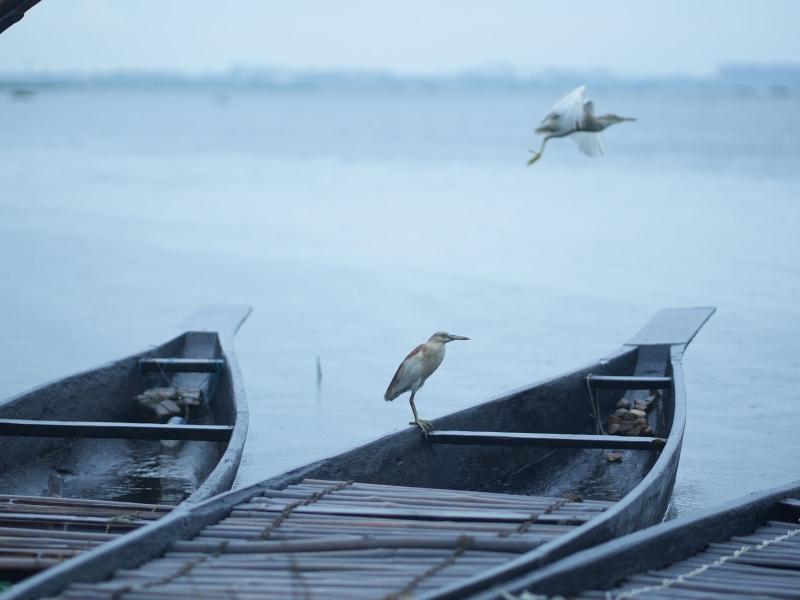Deepor Beel, a freshwater lake in Guwahati, evolved into a unique natural landscape of coexistence of traditional fisherfolk and wildlife. But with time, changing land use and ownership has pushed it into an uncertain future.

It is the only Ramsar site in Assam and various surveys and studies indicate that it serves as a home for about 200 species of residential birds and sustains 70 migratory bird species. This wetland of global significance is a permanent freshwater lake in a former channel of the Brahmaputra River, to the south of the main river. In 2009, the Assam Government issued a notification declaring 4.1 km sq. of area of the lake as Deepor Beel Wildlife Sanctuary, the process of which began in 1989. .In 2002, the Government of India declared 40.14 sq. km area of the wetland as Ramsar site because of its global importance but there is no clarity on these demarcated areas.
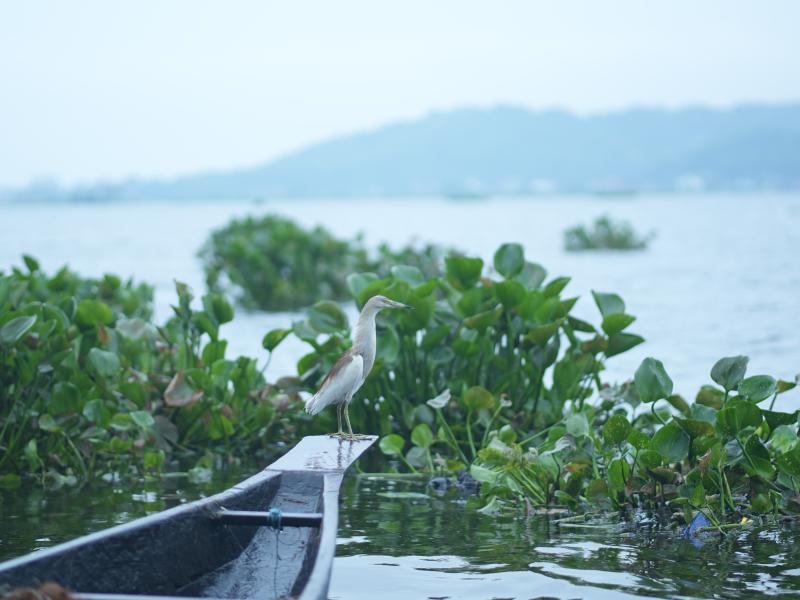
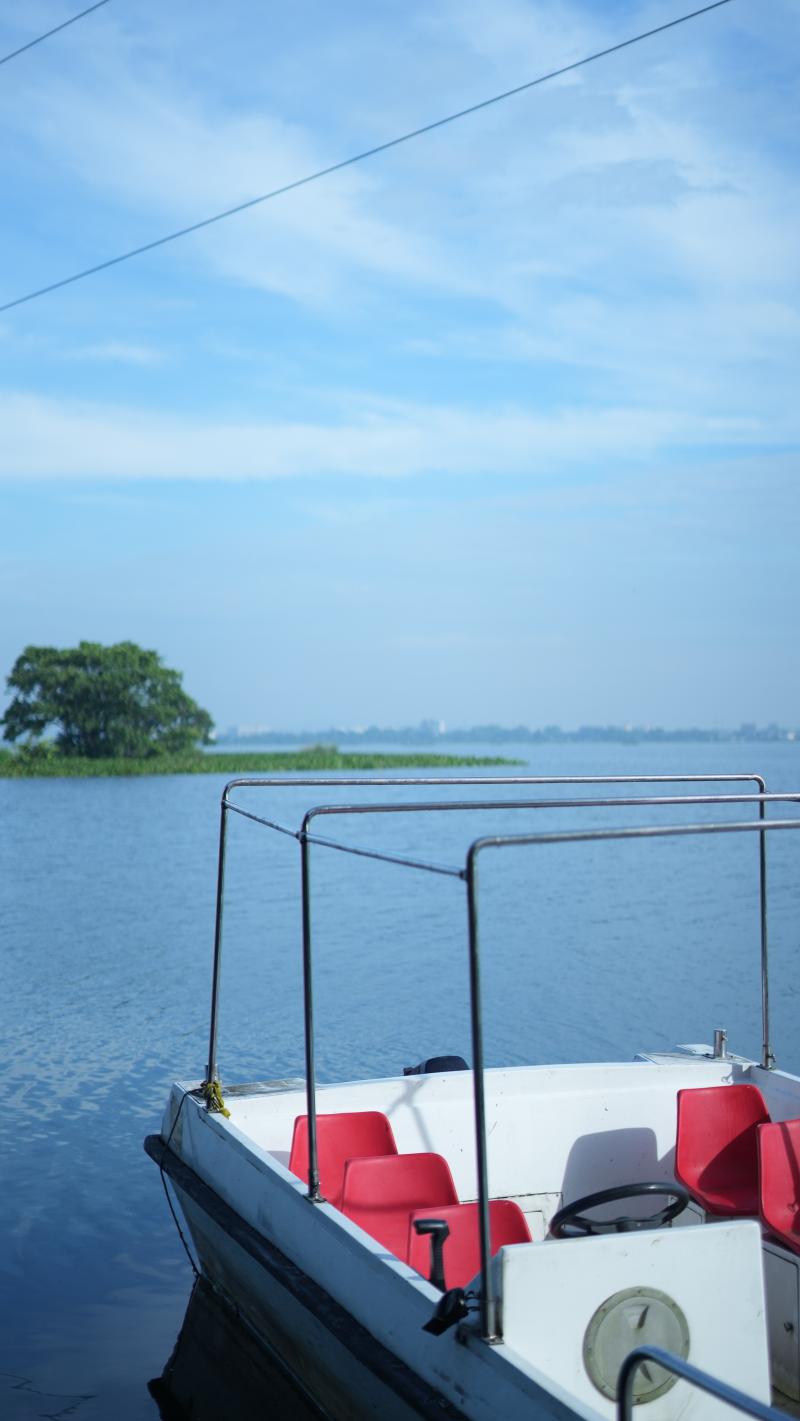
Encroachment of the wetland, rampant construction and pollution have posed threat to conservation of this unique ecosystem. Dumping of Guwahati city’s municipal waste at Boragaon in its eastern corner and industrial and household wastes from its catchments pollute its water posing threat to fish and other aquatic species.
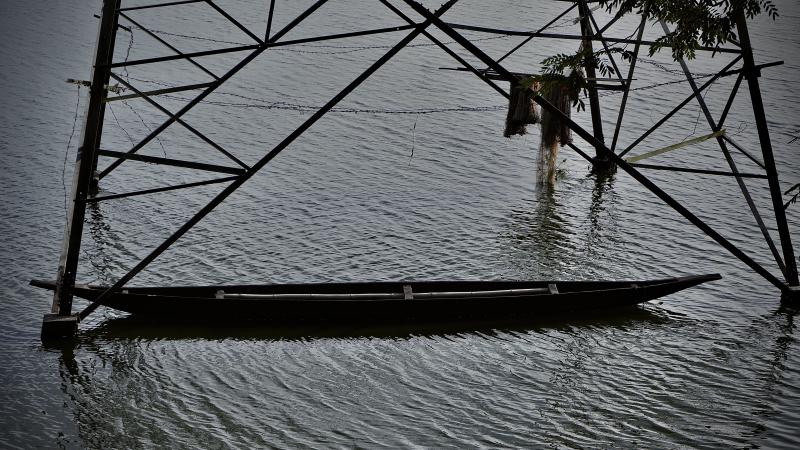

The natural vegetation of Deepor Beel which includes diverse types of aquatic plants like water lilies, water hyacinth, lotus, reeds, and aquatic grasses Phragmites australis help maintain the water quality for the wildlife, and provides nesting sites for the birds, medicinal plants for the locals who practice the traditional medicinal practice. There are also the seasonal variations that flourishes during the monsoon season. Fisherfolk of Deepor Beel play crucial role in checking overgrowth of invasive plants like water hyacinth to prevent it from overwhelming natural vegetation and destroying the aquatic ecosystem.
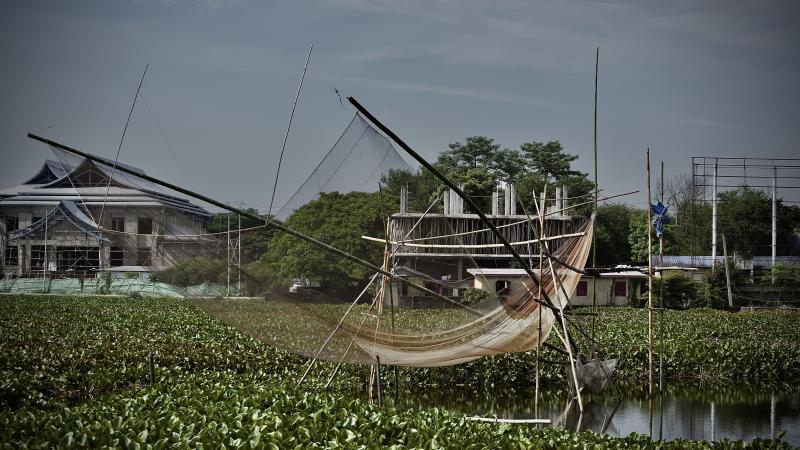
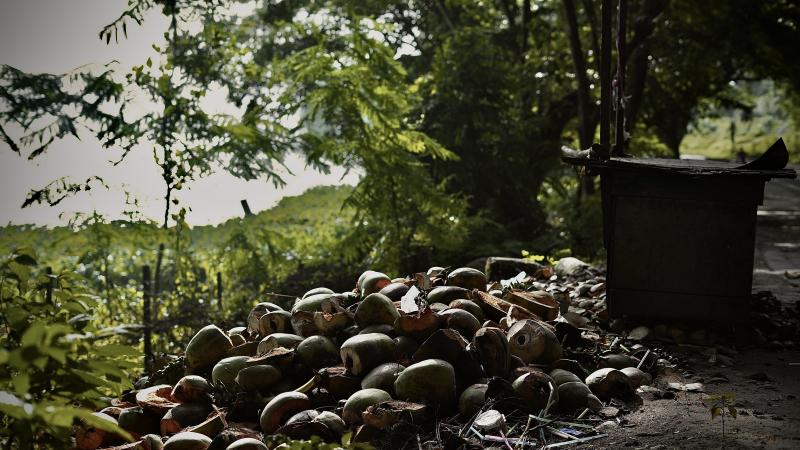
Deepor Beel acts as a natural storm water storage basin and absorbs excess water of Guwahati city during monsoon season and protects the city from flood. Its capacity to retain water helps managing the peak water level and perform the great ecosystem service of making freshwater available for sustaining the coexistence of human and wildlife.

Ornithologists have recorded varied species of birds including migratory birds like the Spoon-billed Sandpiper and resident species such as Brahminy Kite and Purple Heron. It also supports various fish species such as catfish and migratory species that use the wetland for spawning and feeding. Various amphibian species like frogs, toads, and reptiles, including water snakes, small mammals like otter and various rodents contribute to the ecological balance of its food chain as predators and preys. Herds of wild elephants visit from Rani Garbhanga nearby forest the lake for freshwater and feasting on aquatic vegetation like Makhana (fox nut) while it also natural habitat for many endangered and vulnerable species such as Greater Adjutant Stork, Spoon-billed Sandpiper, Brahminy Kite, Fishing Cat, Smooth-coated Otter, and Indian Python.

The fisher folks rely on the abundant fish species found in the Beel for livelihood. They still use the traditional implements for fishing which includes fishing net, traps, and local baits.

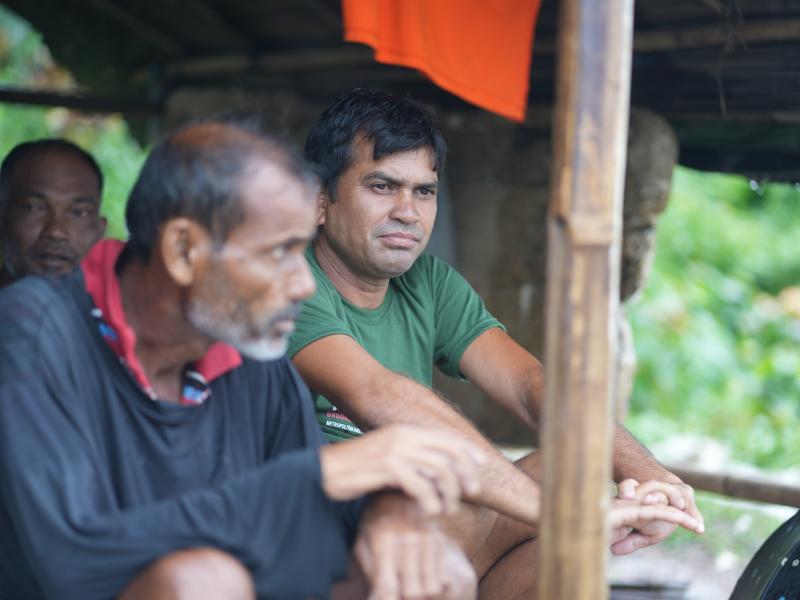
But rapid urban growth in Guwahati is degrading natural ecosystem harming fish populations and traditional fishing areas like Deepor Beel. Not only urban growth but also erratic rainfall and changing seasonal water levels disrupt fishing activities and fish breeding patterns.
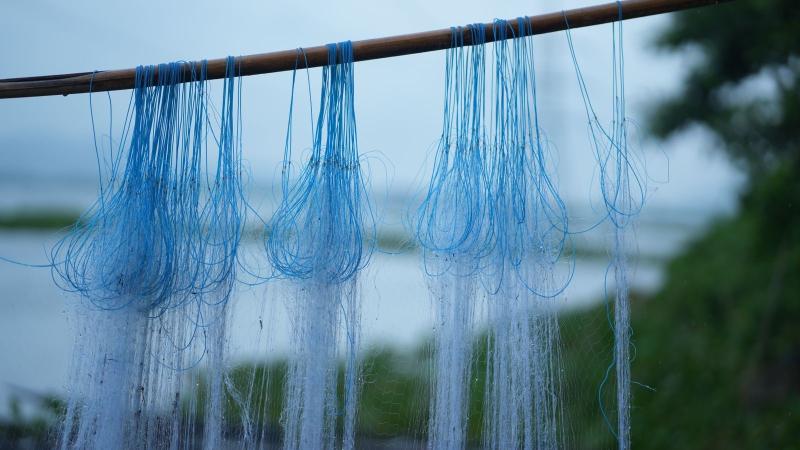
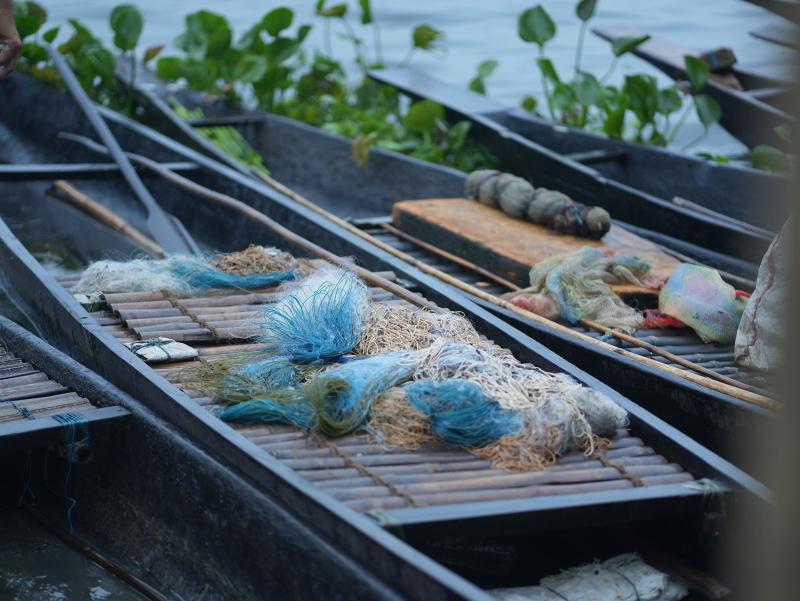
In today’s time we can see how Deepor beel being a wildlife sanctuary is turning into its miserable state due to the negligence and ignorance of the natives. We can also consider our selfishness being one of the major cause for its current state. As Deepor beel being situated in the centre of Guwahati, it makes it even vulnerable to the people and their needs. So as it provides a large number of necessities, people tend to use it relentlessly, ignoring the harm to its ecosystem.
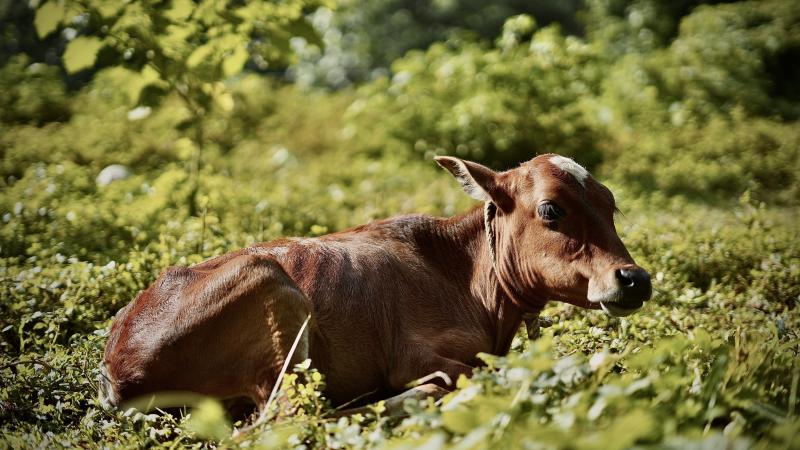
The rapid urban growth has resulted in habitat loss, since the encroachment has reduced the wetland’s size and polluting the water system. Because of untreated sewage, industrial waste, and urban runoff, the water quality has significantly ruined, endangering the ecology and the local fishing community. Construction of flyover and hotels in some parts of Deepor beel made it loose its natural capacity to retain water and increased the chances of flooding the surrounding areas. Not only due to urbanisation, but also the dumping of wastes near it and contaminated toxins present in the water made it polluted and dangerous for the ecology that resides there.
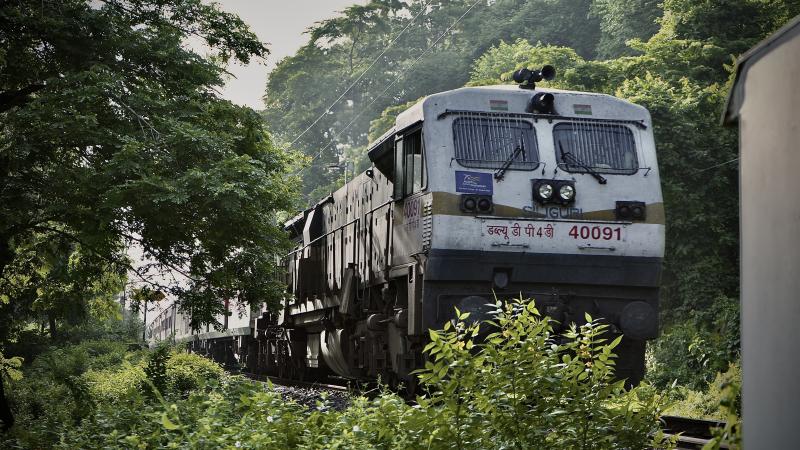
Fragmentation of Deepor Beel’s habitat due to laying of the first railway track passing through it in 1992, and the second track in 2001 led to drastic change in land use pattern and ownership along its southern boundary. Gradual conversion of wetland areas on the southern part of the railway tracks into industrial and commercial spaces, residential buildings is ringing the alarm bell on long-term conservation of this unique natural landscape.

